The Montecito Store
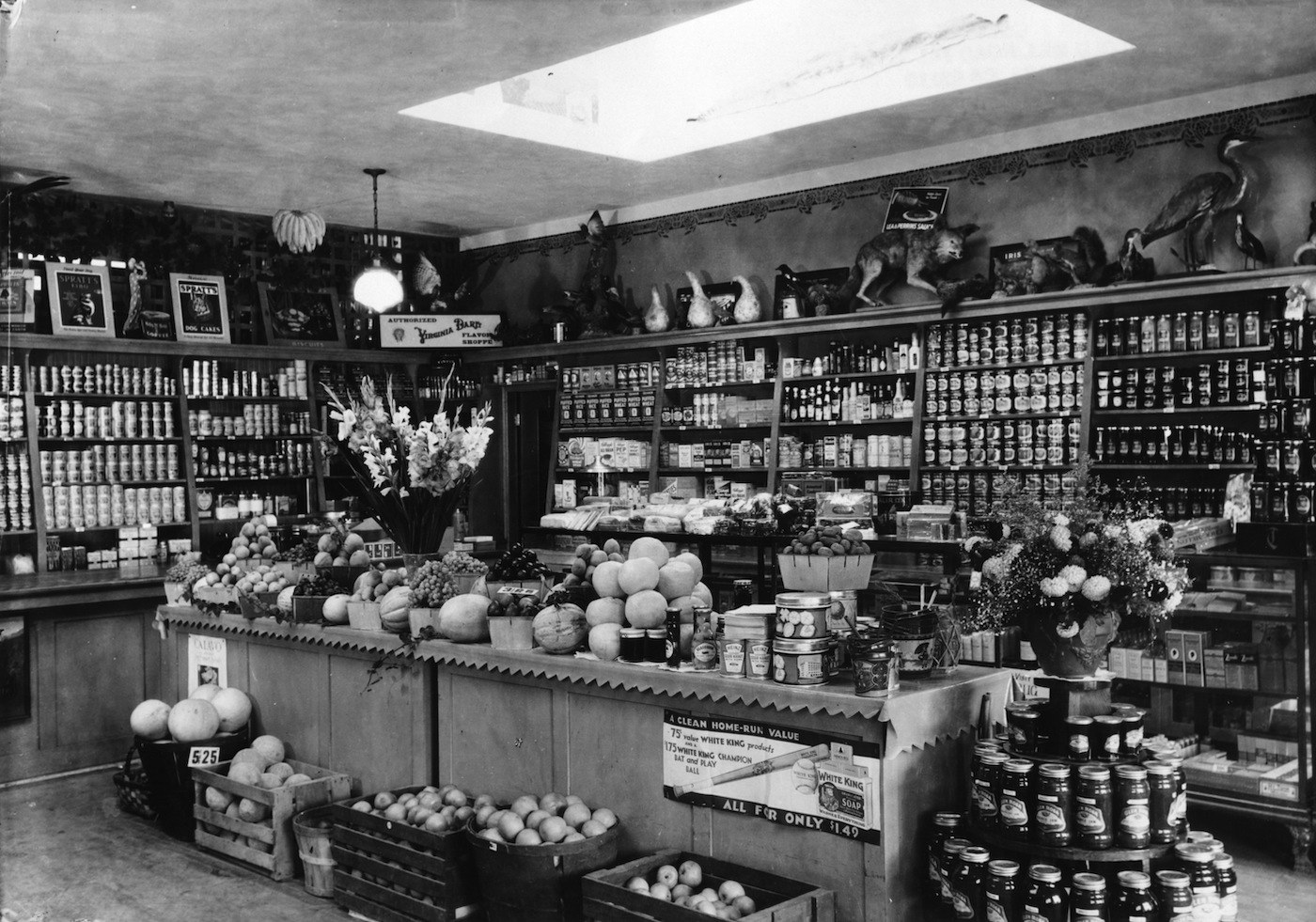
Some dozen years ago, long after most of Europe had succumbed to the “super market” concept, my husband and I found, in the tiny Tuscan village of Montecchiello, a perfectly preserved and functioning alimentari run by a gracious and quite elderly couple. We had rented a casa for the week and were in need of a few groceries, and Marcello and Alvise were there to give us a taste of an era that was well on its way out.
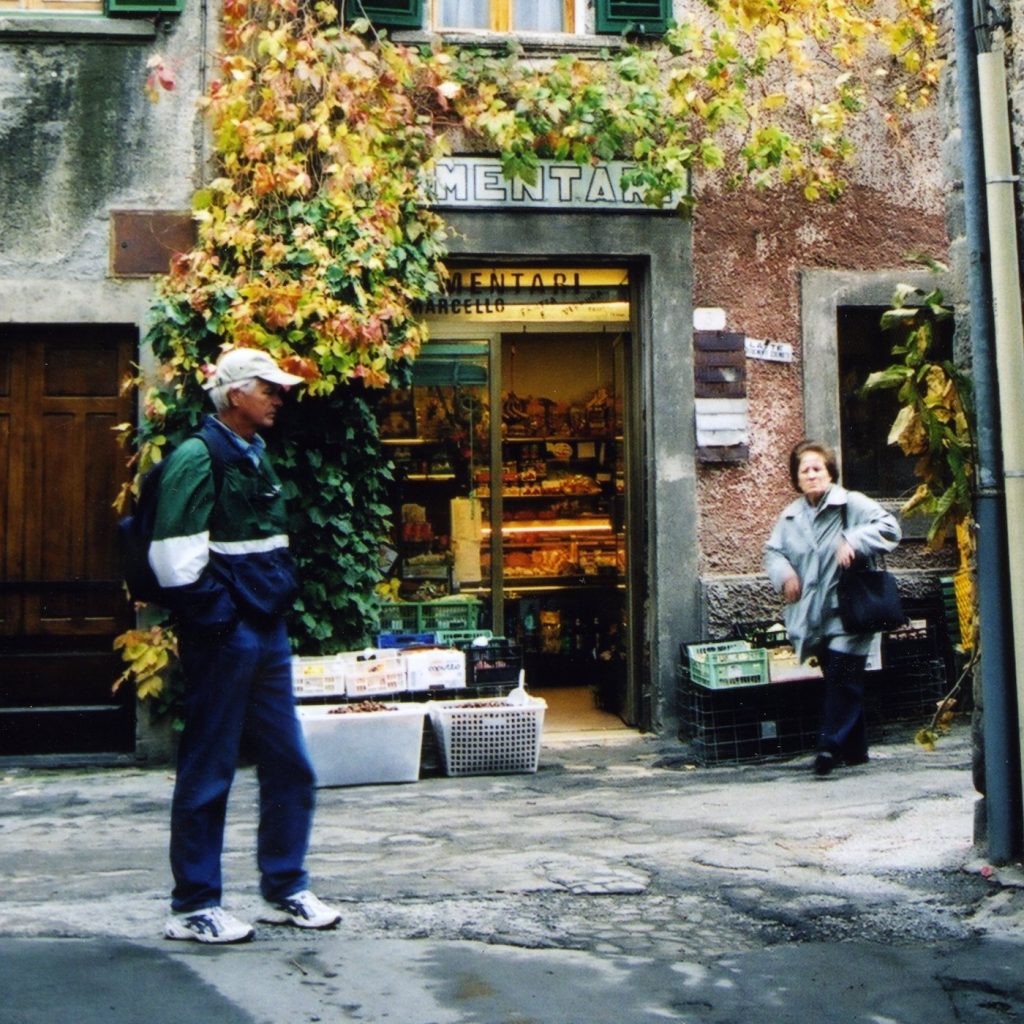
After an exchange of pleasant greetings and agreeing that the day had turned freddamente freddo, Marcello looked at my list of 10 or so items and set to work. For each item, he came out from behind the counter, climbed a ladder, gathered it from a shelf, and then tottered back to the counter. Using a stub of a pencil, he wrote the name of the item and its price on a piece of ledger paper, after which he proceeded to gather another. When he was still climbing, bending, hefting, and tottering some 20 minutes later, I became concerned that the exercise might be too much for him but knew it would be insulting to help.
Somehow, Marcello persevered and came to the finale by calculating the bill by hand while Alvise packaged the items into my bag. With parting valedictions of buona giornata and grazie mille, we went on our way.
Montecito once had such a family-run store; in fact, during Montecito’s early days several people ran small groceries out of their homes. The first actual store, however, seems to have been that of one James Harvey Jacobs, who advertised it in 1882. Its location, however, remains a mystery. Timothy S. Wheeler opened a general merchandise store and became postmaster on land now occupied by Montecito Village around 1885. He sold out in 1887, and Hervey J. Buell became proprietor and postmaster of the wood frame store.
After Hervey died, his widow built a new store on the south side of East Valley Road where her son, Percy Buell, ran the business for several more years. In 1920, William T. Colville, Sr., a chauffeur and mechanic at the Glen Oaks estate, purchased the store and added a gasoline pump. In 1922, a fire broke out and in the ensuing conflagration, all was consumed, including the Colville home next door. Nevertheless, William somehow continued to run the grocery out of his garage.
The New Montecito Store
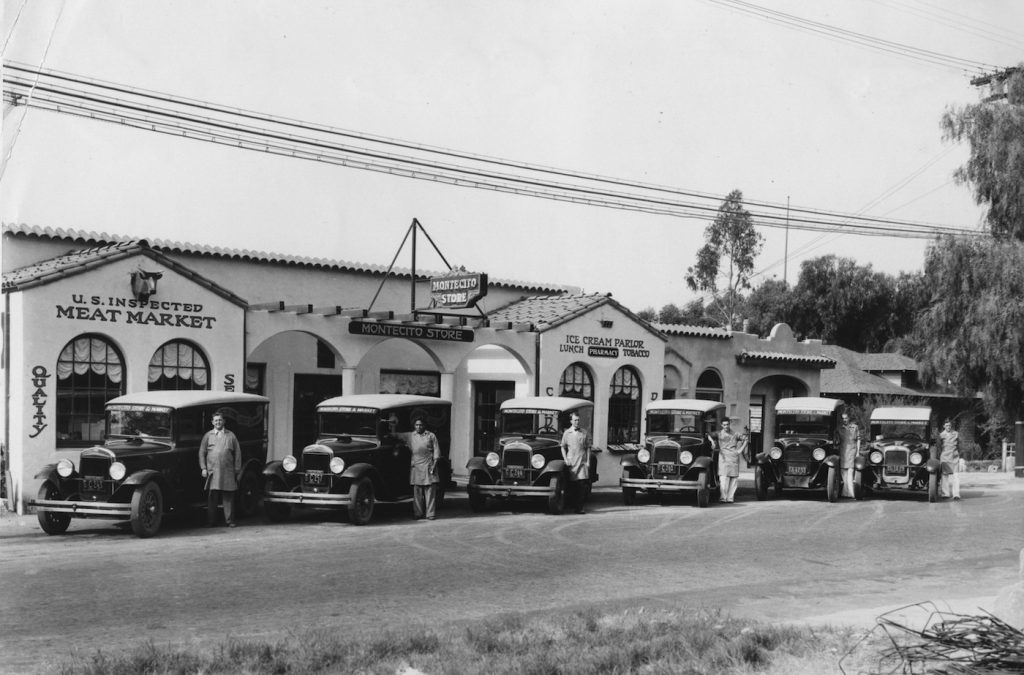
In 1925, thanks to a loan from his former employer, Mrs. Laura (Moore) Knight, Colville was able to announce the impending construction of a new, modern store in place of the old. It being the Twenties, the new store adopted the then-popular Spanish style complete with arched windows, red-tile roof, and arcaded entry pergola. The building included a retail department, meat market, drug store, soda fountain, and a packing room with loading dock. A gas station in a separate building stood to the west.
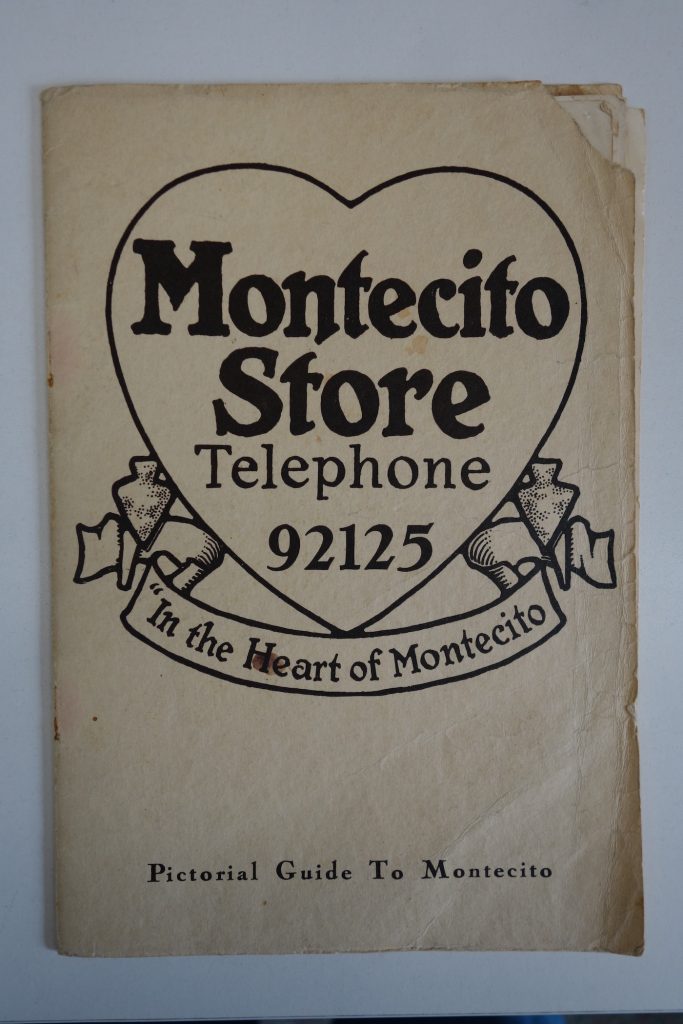
Although Piggly Wiggly Corporation had initiated a national trend toward self-service stores in 1916 and had opened the first of several Santa Barbara stores at 930 State Street in 1923, Coleville’s new store was no “basketeria.” He remained committed to the age-old custom of personal service.
When a survey reported that Colville’s store stood at the geographic center of Montecito, a heart-shaped logo was created, announcing “Montecito Store, in the heart of Montecito.” The store’s proximity to the Montecito Home Club, on the corner of San Ysidro and East Valley roads, and Montecito Hall to the west, combined with the abundance of amenities offered and guaranteed it would become the gathering place for most of Montecito. One inducement to visit the store was the menagerie of stuffed birds and other animals that stared down from the upper shelves. But beyond that novelty, the store was genuinely welcoming to all who entered its doors. Colville gave as much attention and courtesy to a child buying a penny candy as he did to his wealthier clientele.
The soda fountain had an ice cream machine and a popcorn machine, so it was no wonder that the store was enormously popular with local children. The kids proved to be less than diligent about picking up their spent soda straws, however, so Bill Colville, Jr. devised a straw toss game with 5-cent colas as prizes. When word came that one local boy had been injured, the Colvilles donated bags of popcorn, which the injured boy’s classmates sold by the dozens to help the family pay the medical expenses. Clearly, the store’s logo referred to much more than geography.
The Montecito Store and Market supplied the owners of the great estates from Hope Ranch to Sandyland with top-quality groceries and personal service. The cooks and kitchen staff of these estates called in orders or came in to select groceries, which were then boxed up and delivered by a fleet of six trucks, each of which made two to three deliveries a day. Owners of estates called in special requests, which were always honored, even an order for a large Christmas tree for one Montecito woman.
They Remembered
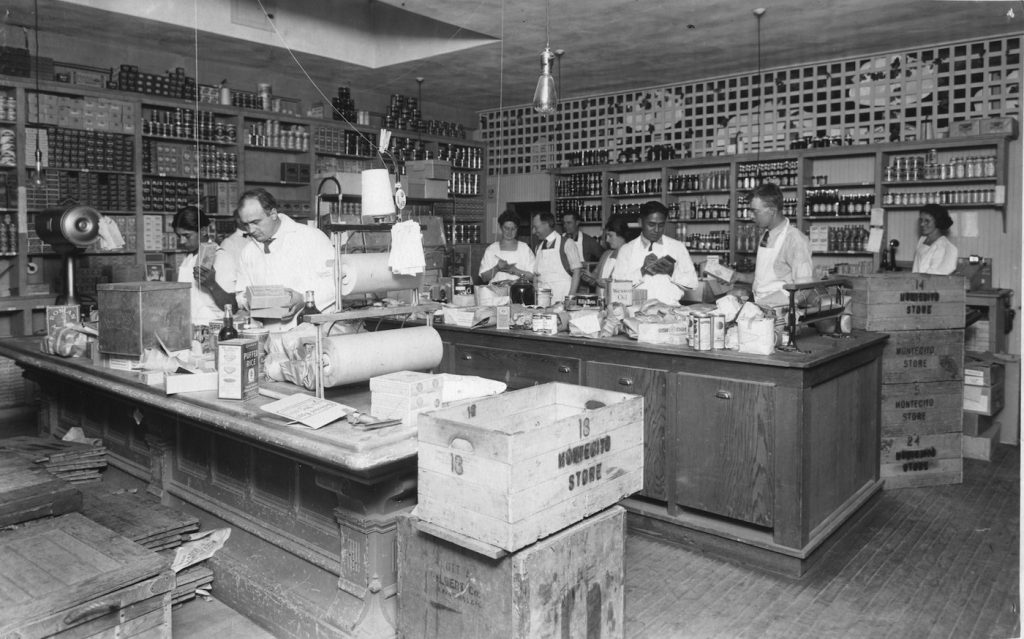
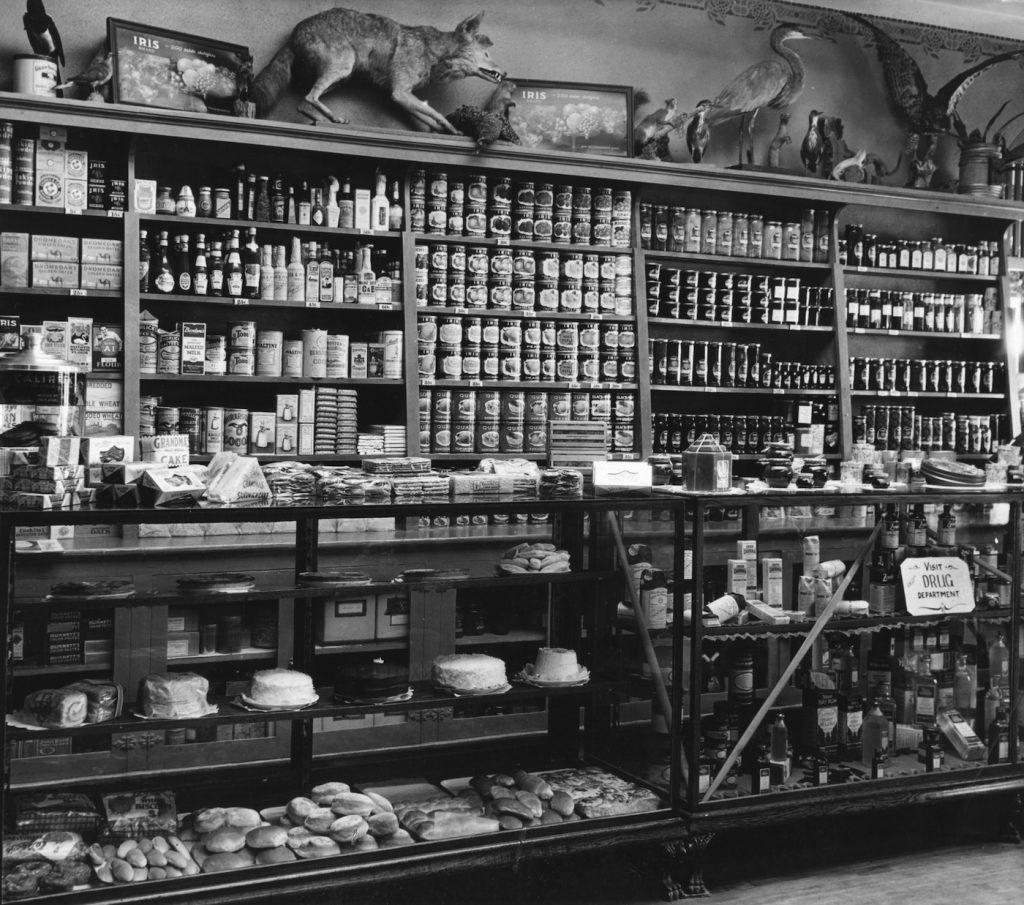
The Colville store also provided employment for many local kids. In a 2002 “Montecito Scrapbook” article for the Montecito Journal by local writer Judy Pearce, she recalls that her friend Butch Pommerville worked there in the 1950s when he was eight or nine years old. He was paid 50 cents for a whole day of trimming bamboo in back of the store. Impressed by Butch’s work ethic, Colville hired him to help inside, a job he held until he graduated from high school in 1960. Bruce reported to Judy, “Everyone came in, I don’t think there was anyone in Montecito I didn’t know.”
Bruce also said, “Mr. Colville [senior] never threw anything away; he took produce he couldn’t sell to the basement and put it in a vat, letting it rot. He made it into a cleaning liquid and sold it in quart and gallon jars – it was an orangey-pink color. It would clean anything. You could put it on a copper tube and make it look like new – no rubbing!”
Another of his employees was Charles A. Borgatello, who together with his brother Mario founded MarBorg Industries. In 1929/30, Charles drove a delivery truck for the store. In a 1979 News-Press interview with Marilyn McMahan, Borgatello remembered Colville fondly. “He was one of the finest men I have ever known. He treated me more like a son, not an employee. And he treated all of us the same way.” That treatment meant being given lunch at the soda fountain on busy Saturdays, a kindness which also assured all deliveries would be made in a timely manner.
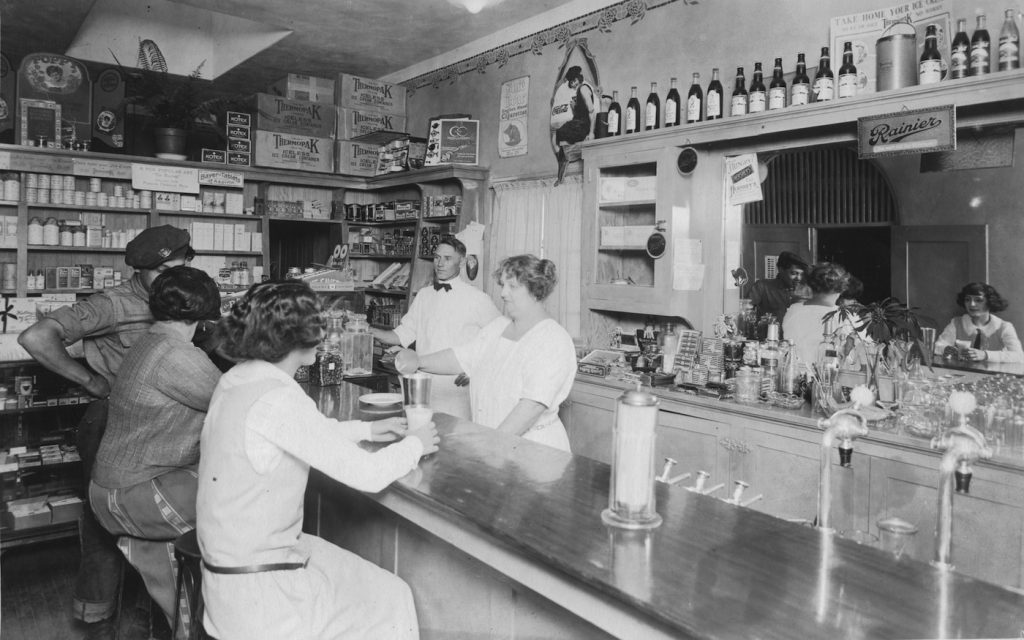
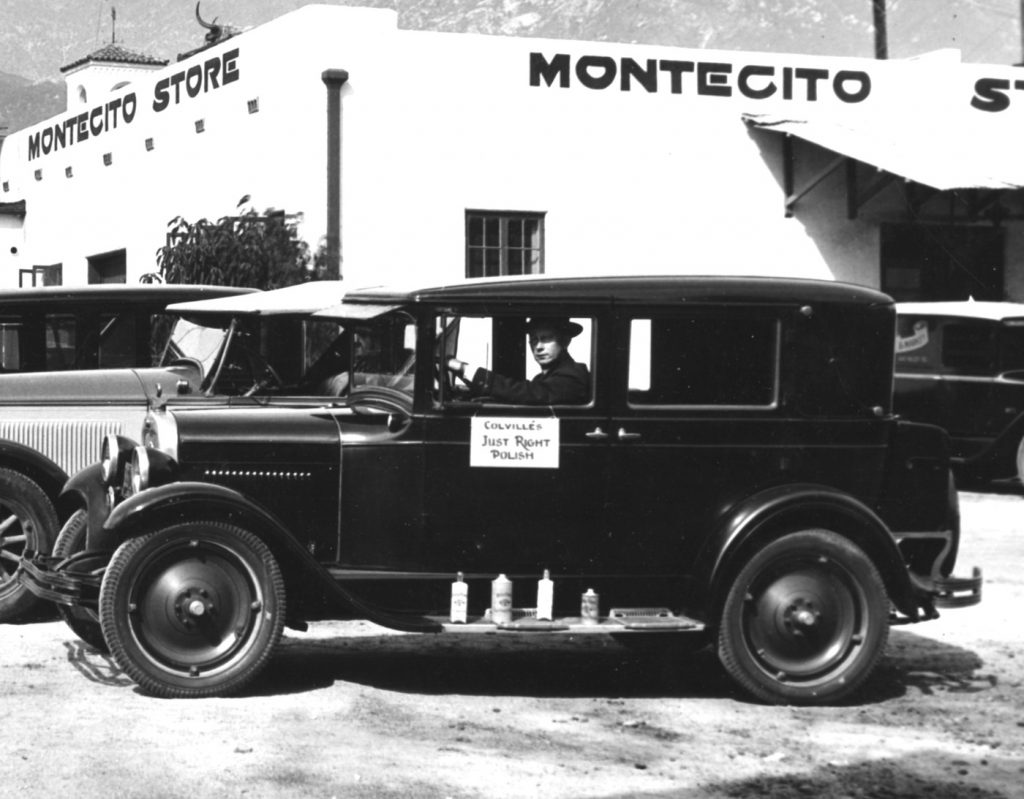
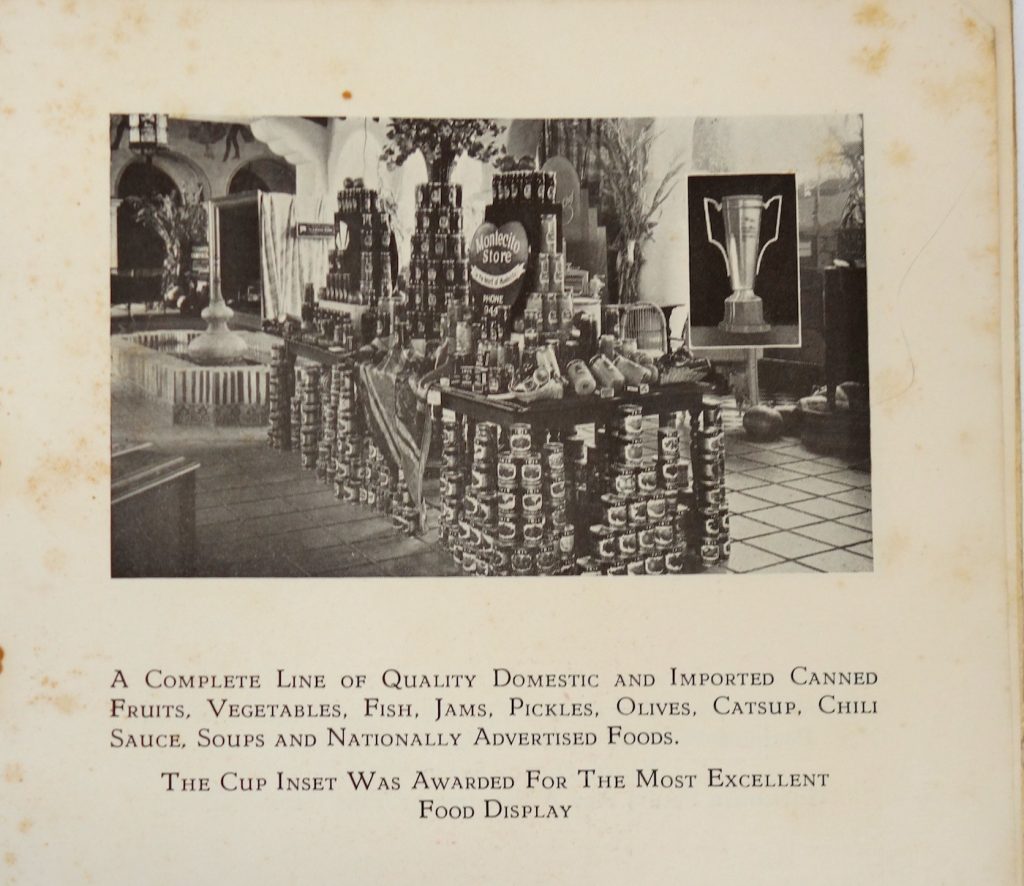
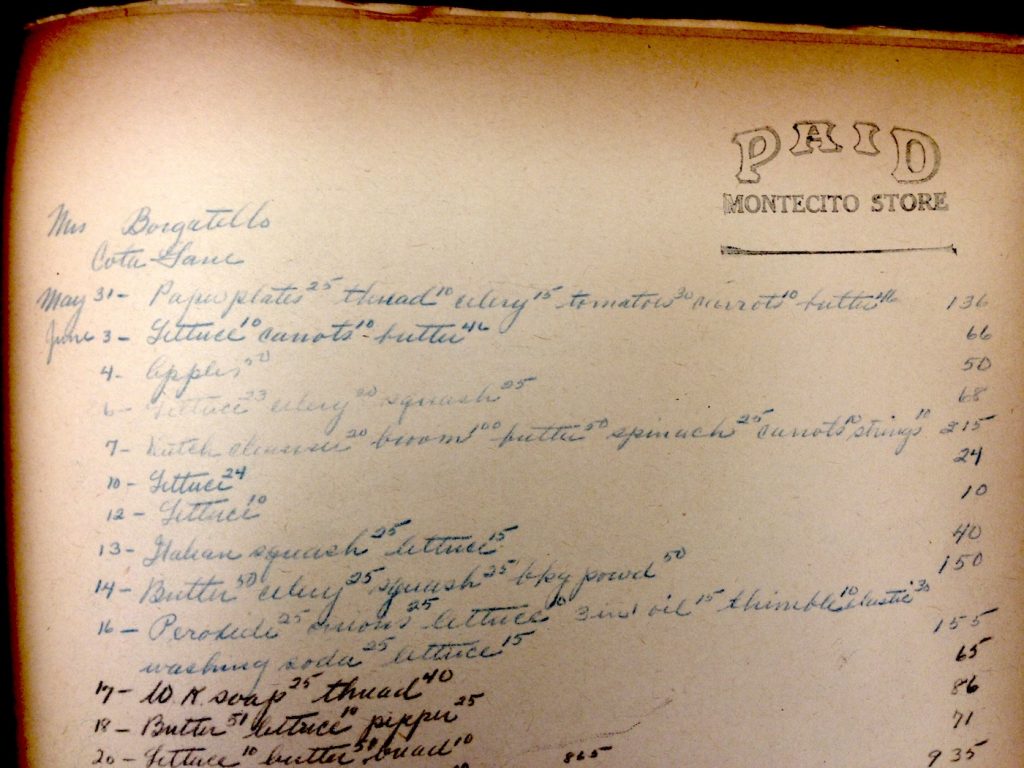
Both Caesar Robles and his father (also Caesar) worked as delivery drivers for the Montecito Store. His father had served as a volunteer fireman at the station across the street for a year and ended up working for the Colvilles for more than 30 years. (Many of the store’s employees were volunteer firemen.) He was highly regarded, and, upon his death in 1953, the store closed for a day to honor his memory. Caesar (junior) remembers that he himself started driving for the Colvilles part-time during WWII when he was 15 or 16 years old. His family lived near the Bird Refuge and would pick up the store’s orders of canned goods, vegetables, and bakery goods from wholesalers nearby and deliver them to the market. Robles junior was also put to work trimming vegetables and other related chores before being drafted into service by the Army.
Marilyn McMahon remembers William Colville as “chivalrous and courtly, a gentleman of the old school.” When she was a new bride, she bought groceries at the Montecito Store and Market. “Mr. Colville, by now quite frail, insisted on carrying the groceries to my car. How many times I resisted the temptation to tote both the bags and Mr. Coleville,” she said.
Colville’s low prices and personal service helped him survive the Depression, but like other small grocers, he couldn’t compete with the supermarket trend. He closed the store in 1960. Although the building was used by other businesses for a time, the property was eventually purchased for development by Valley Improvement Company, headed by former Montecito Store driver Charles Borgatello. The bulldozers arrived in late 1979. Today, a small grass park marks the spot of the former market and the heart of Montecito.
(Sources not mentioned in text: “Montecito Store” by Maria Churchill, Montecito Magazine, extract not dated; 2018 interview with Caesar Robles; files of the Montecito Association History Committee; 1932 brochure for Montecito Store; log/account books of the Montecito Store at the Gledhill Library, Santa Barbara Historical Museum; Montecito and Santa Barbara by David Myrick.)







You must be logged in to post a comment.